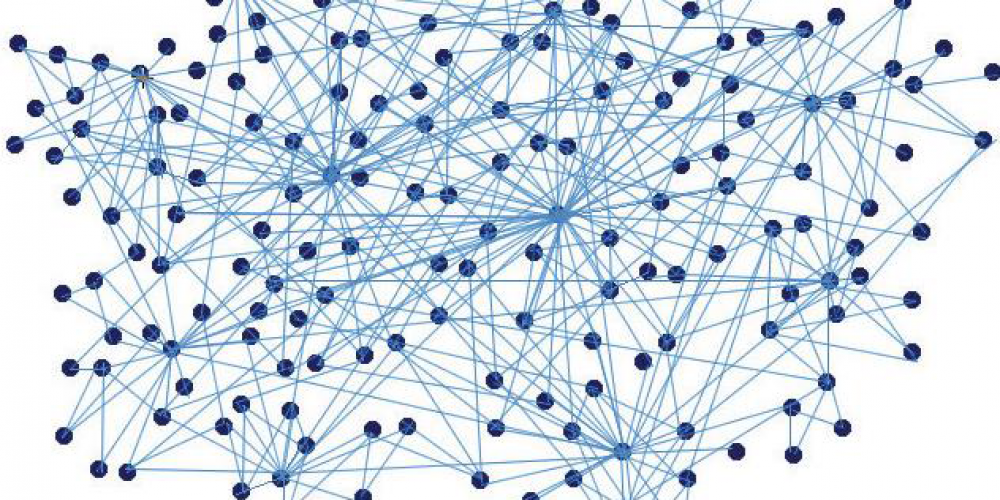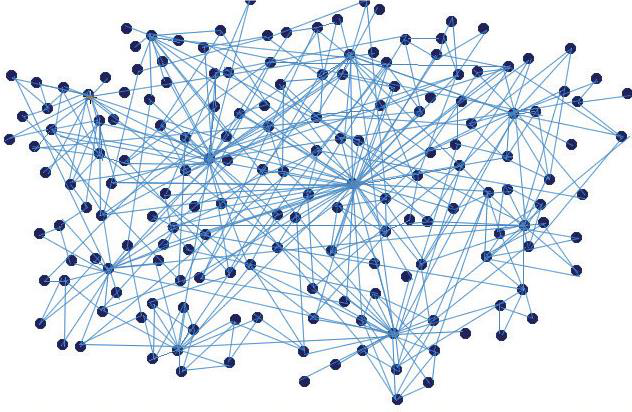It has been a great opportunity to meet one of GORE France ex leaders Richard Ritt and to learn how the giant multinational company founded in 1958 by Willbert Gore is dealing with self-management issues. Gore core values are freedom, fairness, commitment, waterline (“Everyone at Gore consults with other knowledgeable Associates before taking actions that might be “below the waterline,” causing serious damage to the enterprise”). There are no bosses in the company, everybody is equal.
Benefit redistribution are regular practice, most Gore employees are associates. Gore structure is not a pyramid but a lattice, a leader is not above but in the center of the lattice. Lattice is based on peer interactions.
According to the Blake Mouton grid, Gore leader is a “country club manager” high people centered and low task centered. His role is to enhance team maturity by not pushing but pulling (make people grow).
The leader is chosen by his or her team on the basis of their value added (competence). Gore leader is powerful, has an ability to listen, determined, encouraging, capable to take a risk. He is respected, not always loved. The company invests in leadership training programs and in HP development (corporate training programs are all game-based).
High Potentials are travelling to Gore Business Units all over the world to inspire and train their colleagues. Employees are following highly personalized training programs built on their psychological profile and the detected development needs.
However, working for Gore company requires a strong adaptability to change. Changing a team is a company internal rule. Once the employee developed full scope of competences needed to fulfil his current role, he is shifting to another place in the lattice. Gore development policy encourages employees to change a team, a BU or a country, accordingly to the needs of the moment, organization charts are flexible. In any moment employee is free to visit another team to learn more about company he’s working for. To be able to join any Gore team, everybody is trained in collaborative work.
Strong commitment in employees’ development and innovation is a key point of Gore policy. People are encouraged to innovate by bringing their ideas to the organization who’s exponential growth and diversification are both a result of this system.
Agile management is a part of Gore culture. That explains why people are free to make decisions about their work, without reporting to the higher level. Richard told us about the colleague he was unable to join, because she left for a corporate meeting to Philadelphia. The colleague was free to take this decision and to organize her trip all by herself, without asking anybody in the company for approval. To keep her colleagues updated, everything was tracked on the chart. This is a current practice in Gore where trust is considered as a core value.
When you want to motivate people to learn, you need to accept failures. At Wl Gore company, failures are accepted and don’t involve sanctions. If a project team fails, the leader is co-responsible and not only the team members.
Gore is a learning organization. Every six months an event is organized when people come together to celebrate the big accomplishments and to learn from the past failures.
The whole company is viewed as an open, social system, based on creative chaos. This approach doesn’t match with all cultures, that’s why the Gore management model is focused on cultural diversity.
Strategically, everything in Gore is based on self-managed teams and the transparency of financial information. Instead of receiving recommendations, teams are currently informed about the agreed turnover and revenues achieved. The company has two major concerns : which activities are profitable and what budget must be allocated to BU’s.
For Gore, autonomy and responsibility are connected. Decision-making is decentralized. Each employee can take decisions, but it is recommended to refer first to the more experienced colleague.
There is no regular meetings in Gore. Meetings are agile and organized ad hoc when it’s needed, i.e. when the company signed an important contact or a new product just started to be promoted.
Inspired by this democratic innovative management, many companies took over Gore model. The key point of this approach is the belief that people are honest and trustworthy. The only thing the company needs to do is to remind them the rules.
In the company like Gore, freedom means fulfillment but also responsibility for the results. As Richard Ritt underlined it is not always easy to work in self-managed teams. Being left to your own devices when you are a part of a team, can be very stressful. To break a myth of happiness in self-managed organizations, I would conclude by saying, even at democratically run organisation, freedom has a price !



